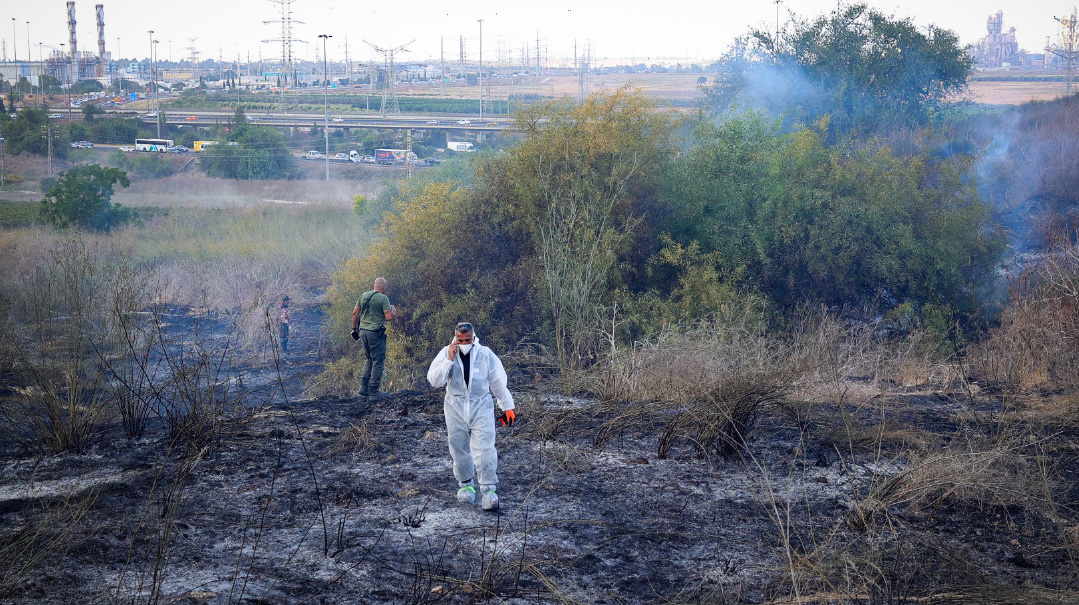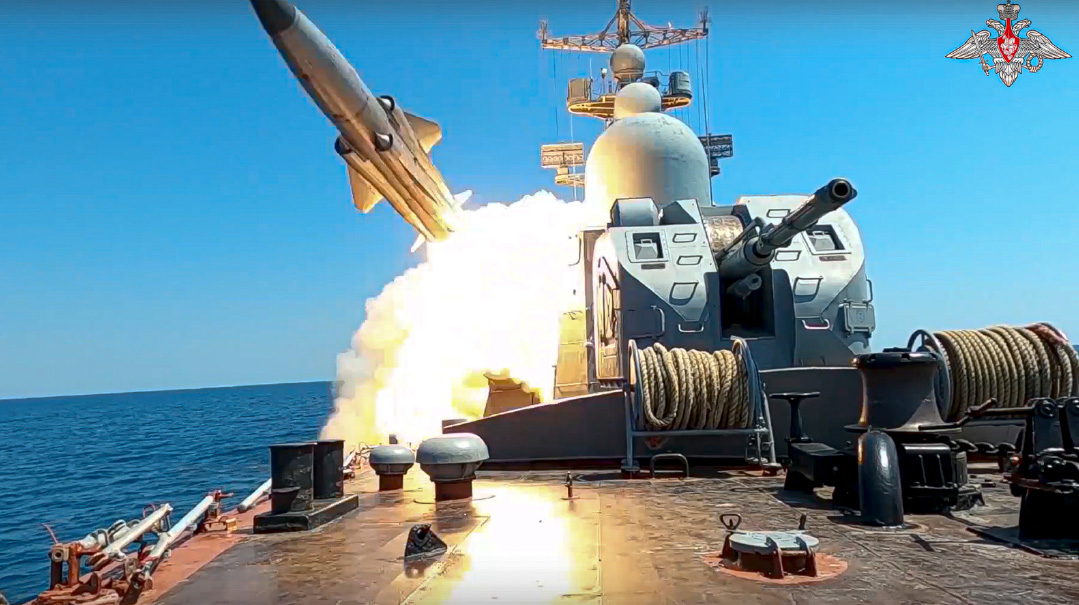Houthis Go Hyper

Do the Houthis have more advanced technology than previously thought?

Photo: Flash90
O
nly hours before Prime Minister Binyamin Netanyahu was set to meet with US special envoy Amos Hochstein, Houthi terrorists fired a ballistic missile at Israel. Shrapnel from the missile and the Arrow interceptor that struck it landed in an unpopulated area in central Israel. There were no casualties, but the attack served as a reminder that in addition to Hamas and Hezbollah, Israel faces threats from multiple Iranian proxies.
Netanyahu promised the Houthis would pay a “heavy price” for the attack. But beyond the threats of retaliation, the Houthi missile strike has raised serious questions about Israeli defense capabilities.
Why didn’t the interceptor completely destroy the missile? Was there a failure in Israel’s air defense systems? Could it happen again? Do the Houthis have more advanced technology than previously thought? And are we closer to a full-scale war than we realize?
What Happened?
On Sunday, September 15, at 6:21 a.m., a ballistic missile was launched from northwest Yemen. In just 11 minutes, it traveled over 2,000 kilometers before debris fell in an open field near Kfar Daniel, just seven kilometers from Ben-Gurion Airport, at 6:32 a.m. Miraculously, no one was hurt. The Houthi terrorist group, through spokesperson Brigadier General Yahya Saree, claimed responsibility, stating that the intended target “was a military site in Jaffa.”
Did Israel’s Air Defenses Fail?
Against short-range threats like Hamas rockets, Israel deploys the Iron Dome defense system. But against long-range threats, like ballistic missiles, Israel uses its Arrow anti-ballistic system. Preliminary reports suggest that the Houthi missile was not identified in time. As a result, Israel was unable to target it with its more powerful Arrow 3 system, instead intercepting it with the less potent Arrow 2, which struck the missile but failed to destroy it completely. Iron Dome interceptors neutralized the remaining debris, though this is not its primary function.
“It’s a very strange incident,” Major General (res.) Yaakov Amidror told Mishpacha, exercising caution as investigators continue their work.
State of Alert
Alarms blared across Tel Aviv, Modiin, Ramat Gan, and Ben-Gurion Airport. Nine people sustained minor injuries from running to safe spaces, and were treated by Magen David Adom. The Modiin train station sustained material damage.
Hypersonic?
The Houthi terrorist group celebrated the attack with boasts of their advanced weapons technology. Spokesman Nasruddin Amer claimed the Houthis fired a “new hypersonic ballistic missile” that caused “fear and panic among the Zionists, with over two million fleeing to shelters for the first time in the history of the Israeli enemy.”
“The idea that this was a ‘hypersonic missile’ is nonsense,” said Yaakov Amidror, also a senior fellow at the Jerusalem Institute for Strategic Studies and a Distinguished Fellow at the Jewish Institute for National Security of America.
To be clear: Any ballistic missile is technically hypersonic if it travels at Mach 5, five times the speed of sound. This is nothing new. The Houthis were sensationalizing their attack.
Background
The Houthis have made headlines in recent months for seizing Red Sea cargo ships. Since October 7, they’ve launched over 220 missiles and drones at Israel, killing one man (Yevgeny Ferder, 50) and injuring four others in a July 20 attack. In response, the Israeli Air Force bombed Yemen’s strategic Hodeida port, controlled by the Houthis. Images of the cataclysmic explosions went viral.
Bibi’s Response
Following Sunday’s Houthi missile strike, Prime Minister Netanyahu promised harsh retaliation: “The Houthis should have known by now that we exact a heavy price for any attempt to harm us. Those who need a reminder are welcome to visit the port of Hodeida.”
Despite Israel’s ongoing conflict with Hezbollah and Hamas, Amidror said there is little concern about attacking the Houthis. “We did it recently, and we can certainly do it again.”
(Originally featured in Mishpacha, Issue 1029)
Oops! We could not locate your form.







